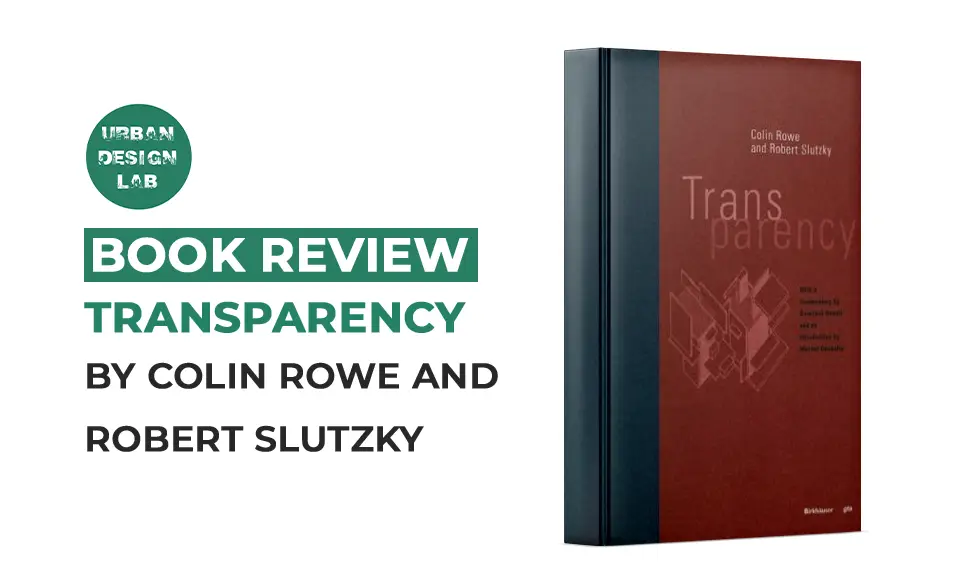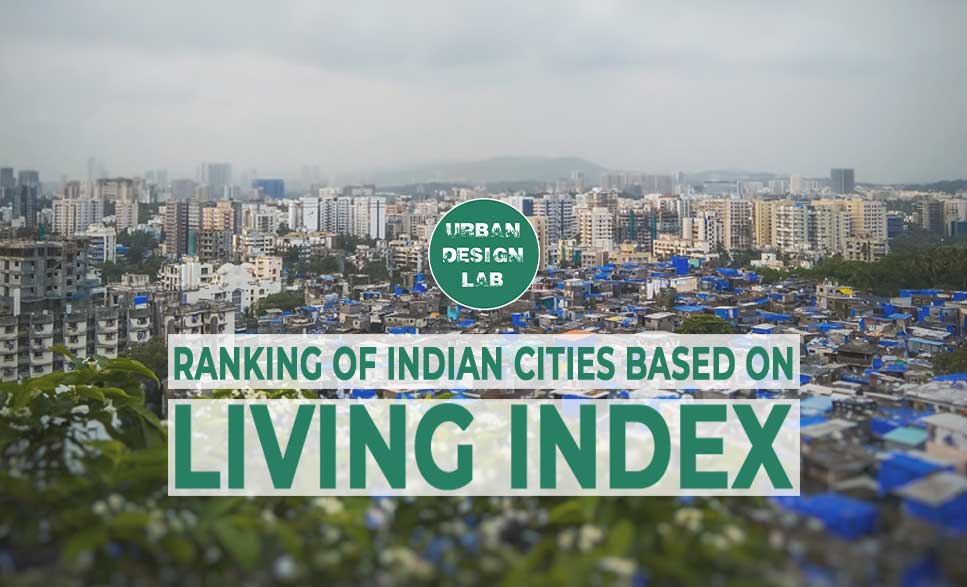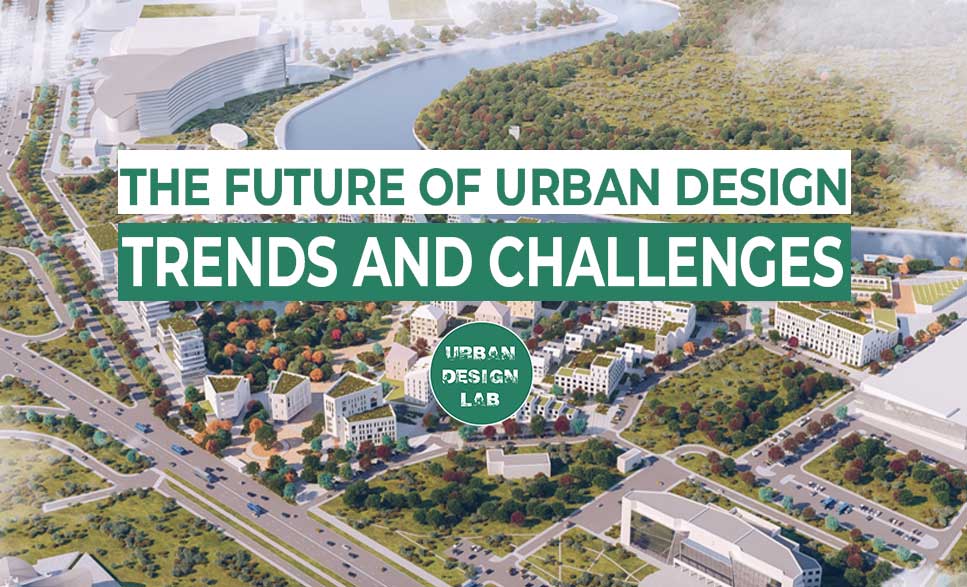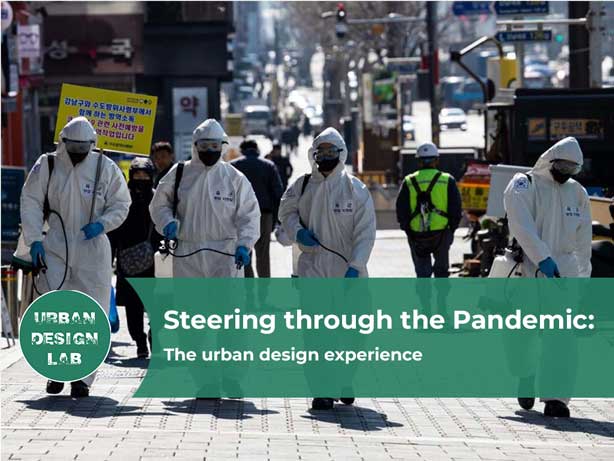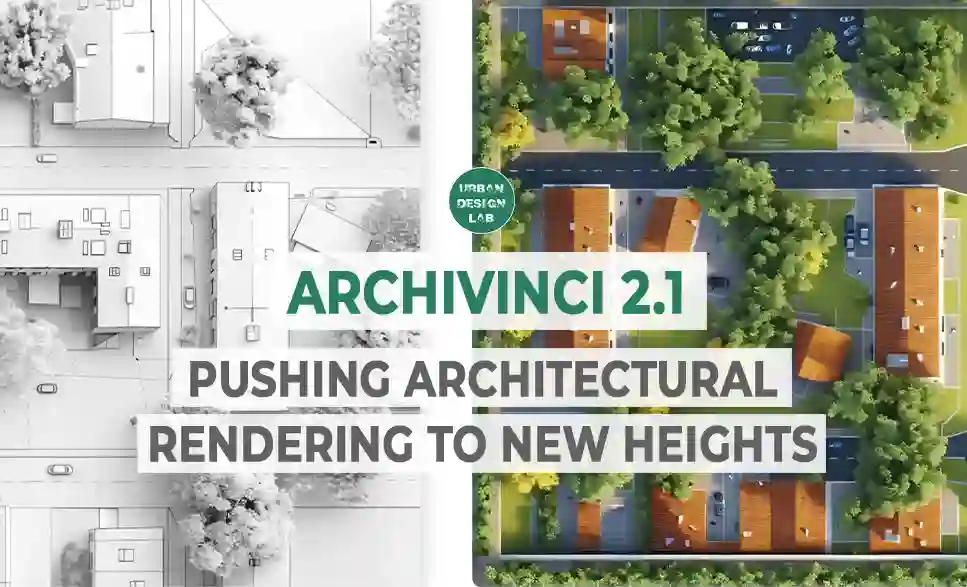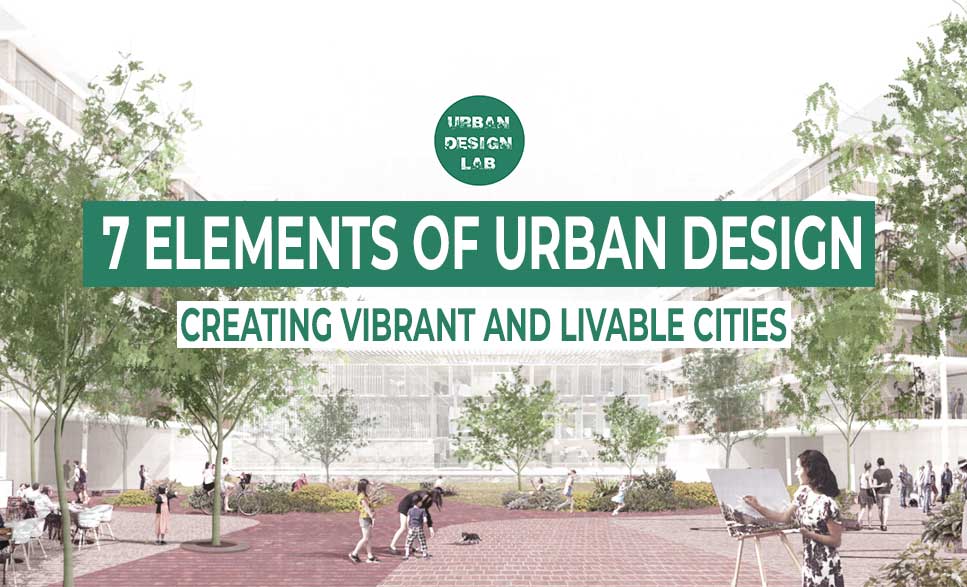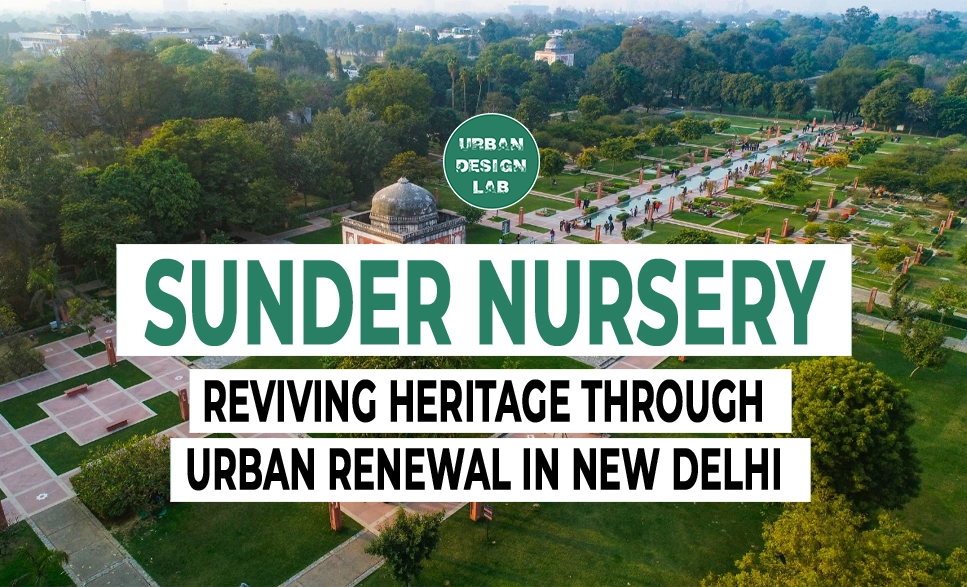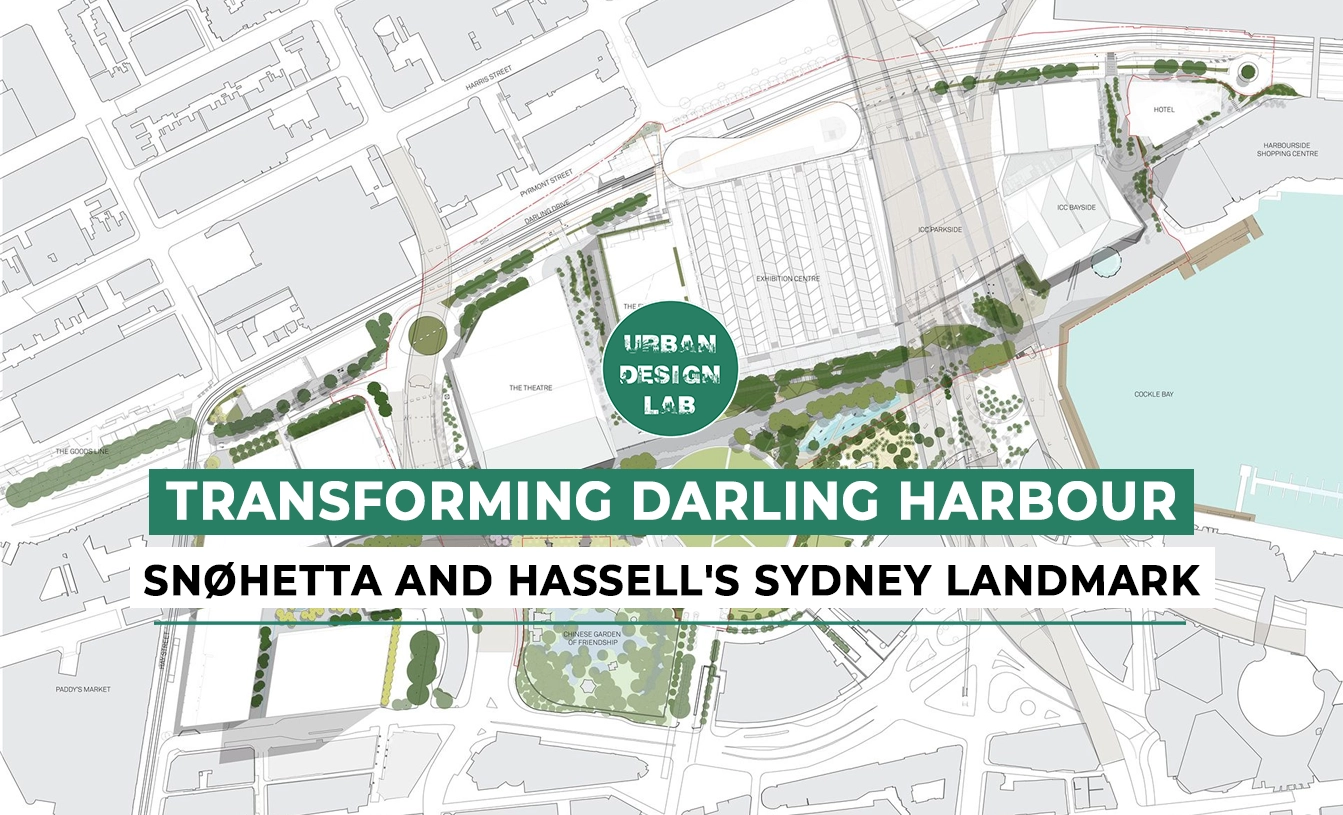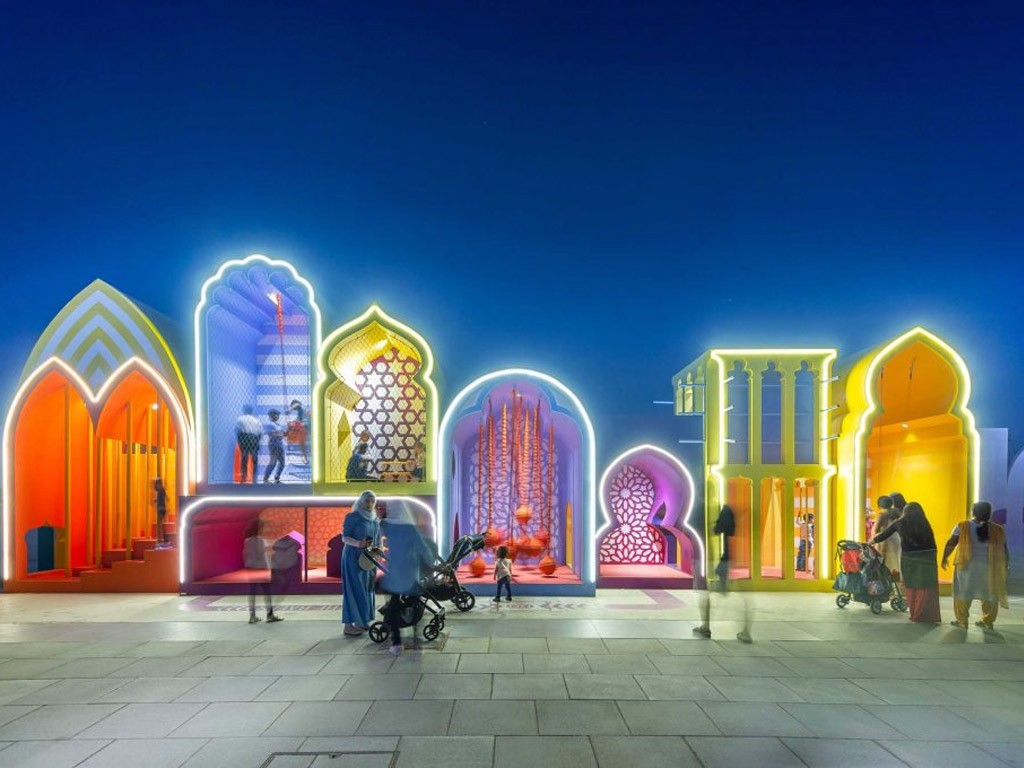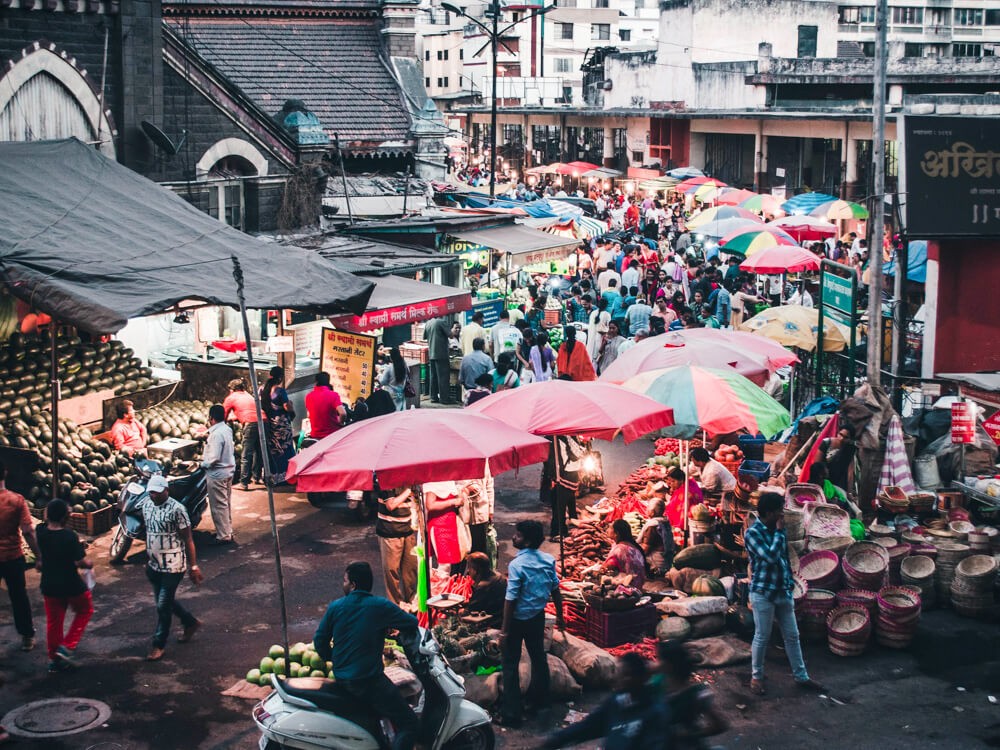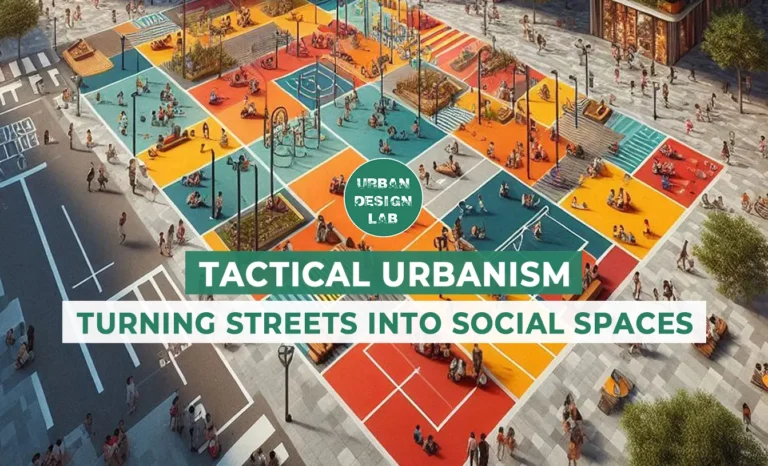
Temporary interventions of Urban Art

Urban Art and it's Context
Urban Art includes, and stems from Graffiti and Street Art, and is often used to summarize all visual art forms arising in urban areas. Street Art has been associated with several different terms like “Independent Art”, “Post-Graffiti”, “Neo-Graffiti”, and “Guerrilla Art” and is an important counterculture movement that can be found all over the world. The concept encompasses different forms of temporary artistic interventions frequently found in public spaces and has been used to describe the work of a heterogeneous group of street artists who express themselves through the most varied techniques: paste-ups, graffiti, stencils, stickers, among others.
At the core of its purpose, Street Art allies itself with the idea that art should be democratized and accessible. That is, to be available beyond the spaces of galleries, museums, and private collections, to be seen by everyone and owned by no one. Regarding the graphic manifestations that concern this subject, one can cite numerous artistic practices that are now spread across the world, through cities, through the streets, through the walls, and wherever else you can imagine.
All references presented here are open, free and accessible to passersby in different parts of the world. They represent possibilities of graphic representations of Urban Art, in which reflections on political and social issues are often central themes and which have gained more and more recognition and followers. It would be impossible to name all the places in the world that are references in and give space to Street Art, but here is a small compilation of these amazing places, where Street Artworks can be displayed in real open-air museums, or in other cases, completely silenced: New York, São Paulo, London, Berlin, Cape Town, and Tokyo.
New York - United States of America
New York’s street art context attracts street art artists from around the world. A movement that started small, with the first manifestations of spray paints that were sometimes simple signatures, but that became competitive in the 1960s. Artists wanted to see their names around the city. Graffiti soon developed as political art and a form of protest and express ideas, covering murals on entire facades of buildings and subway cars throughout the 1970s and 1980s. As graffiti spread across Manhattan, and more expressively in the other boroughs over the years, the works of “post-graffiti” became popular and took shape as an art movement throughout the city.
There is a caveat here. The boundary between Graffiti and Street Art is not always clear. The subversive content associated with Graffiti often leads to the understanding that it is an unsanctioned artistic expression, an illegal movement, and many people still see it as an act of vandalism. Much of the opposition to this movement is due to its location in the city (walls, buildings, monuments, bridges, among others) and to a bold and unconventional presentation – which does not necessarily disqualify it as art. Graffiti is an ephemeral process, usually done with paint and spray, which finds its aesthetic strength in constant renewal as well as its place in New York and the world of contemporary art.
São Paulo – Brazil
Graffiti became popular in Brazil during the 1980s when artists were inspired by the New Yorker scene. In the city of São Paulo, graffiti is present in several places throughout the city, but there is a high concentration in some specific areas, such as the Open Museum of Urban Art and neighborhoods such as Pinheiros and Vila Madalena, which are part of the addresses with the highest concentration of urban art in the city.
The Open Museum of Urban Art (MAAU – Museu Aberto de Arte Urbana de São Paulo) is a set of more than 60 graffiti panels installed on the pillars that support part of the elevated section of the subway in the North Zone of São Paulo. This is considered the 1st Open Museum of Urban Art in Brazil and in the world.
You can visit these graffiti walking along the existing bike path along the 33-pillar route, you can go on foot or even contemplate them while driving by. Don’t worry about the direction of circulation, there are works on both sides of the pilasters. In addition, the panels of about 4 meters high each were created by a team of more than 50 artists and access is totally free, as is the spirit of this urban art form. The themes of the works at the Open Museum of Urban Art of São Paulo vary between nature, urban life and the periphery, and due to the intrinsic ephemerality of the works exhibited outdoors, the pieces are renewed every year
Berlin – Germany
In turn, the largest urban art museum in the world is located in Berlin, Germany. The “Urban Nation Museum” is an initiative that has existed since 2017 and aims to make art in the urban space accessible to everyone. Within a radius of approximately 3 kilometers, you can visit the 16 main murals where the works of different artists that make up the “Urban Nation Museum” are exposed. The museum’s website provides an online map, so you can create your own route and freely explore the city and the works: https://urban-nation.com/art-map/
Inspired by the ephemerality of works displayed in public space, the idea of a museum of this kind emerged from the temporary state of Street Art, which is also part of the very essence of urban art, exposed outdoors and with the risk of being modified, destroyed, or deteriorated by climatic actions or human interference.
In addition to the external works scattered on murals near the museum, there is also a street art gallery, which is an attractive alternative to traditional museums, completely free of charge and whose facade is constantly changing. The designs and artistic interventions on the facades are temporary and transform the building into a work of art in constant renovation, just like Street Art. Although it may seem contradictory to bring Street Art inside a building, the final result of the proposal establishes an intriguing dialogue between the interior and the exterior and invites passers-by to a new experience, within the art itself.
Here are some photographs of different motifs of the facade of the Urban Nation Museum:

London – England
Still in Europe, it is worth mentioning London, which also stands out as a pro-Street Art city on the world stage. On top of this prominence, the city of Bristol may have been a major driver of the UK Urban Art scene, due to the success and worldwide recognition of renowned artist Banksy (and of course, many other urban artists). Reference in the Stencil movement, Banksy is a Graffiti artist who has an unknown identity, but who has become known worldwide for his political activist street art. Also, in this case, much of his work can be classified as temporary art.
Linked to Graffiti, the use of stencils was part of the evolution and history of Street Art, especially in those in which sociopolitical activism had a strong weight. Currently, this urban art movement knows recognized artists and a much larger community of individuals who express themselves for reasons as varied as their colors and intentions. The stencil method has been used by graffiti artists for years and remains popular as a quick way to transfer an image onto a surface. Stencil is a painting technique used to apply a design on any surface, with the use of paint (aerosol or not) and the stencil itself, that generally is made with a base (usually of paper, plastic, metal, wood, or acetate) that serves to shape a pattern or image, allowing the pigment to reach only parts of the surface.
It was during the 1990s that “graffiti art” in London truly morphed into “street art”. And currently, the artistic references that are linked to graffiti are numerous. However, it is worth mentioning iconic places in the city such as Star Yard, a small car park with one of the highest concentrations of art in London, and “Dulwich Outdoor Gallery (DOG)” which is a collection of street art in South London where walls were transformed by spray paint and pasted posters. In these places, Street Art is once again constantly renewed and transformed and passersby can enjoy a new, diverse, exciting, and temporary project from time to time.
In turn, the Dulwich Outdoor Gallery is a collection of murals painted by contemporary international street artists who were inspired by 17th and 18th-century paintings in the Dulwich Picture Gallery collection. Here are some of these works of urban art, in which guest artists interpret baroque paintings from the gallery, in amazing reinterpretations marked by their own styles.
Cape Town – Africa
In addition to European cities, Cape Town in South Africa has a resilient and eclectic Urban Art scene. Graffiti as street art seems to have gained strength after the abolition of Apartheid, concomitant with the rise of hip-hop culture in the early 1980s. In this sense, throughout the 1980s graffiti functioned as a platform for action and self-expression that provided people, in a sense, with a freeway to declare their indignation and struggle, in the face of the oppressive and discriminatory laws of Apartheid.
Currently, Street Art and graffiti are intrinsic characteristics of Cape Town, with different themes: blackness, social injustice, human rights, nature, and wildlife conservation, among many others, which cover houses and buildings sometimes with gigantic murals, sometimes with small drawings that express great purposes.
One of the places that are landmarks in Cape Town’s Street Art is the district of Woodstock. This once industrial and marginalized suburb emerged from degradation through urban renewal, which moved the district with active storefronts and art studios. At the center of this change is Urban Art, which attracts local and international artists as well as a tourist crowd. In Woodstock, between the ruins of buildings and the liveliness of local attractions, works of Urban Art grow creatively and ephemerally. What makes this area a living reminder is that nothing remains the same, that urban art walks through the temporary and is constantly changing and evolving in contemporary times.
Street Art in Cape Town shapes a historical narrative that feeds collective memory. The connections between time, space, culture, and art intertwine and merge into a dialogue that can be accessed by everyone, artists, city dwellers, the local community and tourists, public works and exposed on the street, free from any social distinction.
Tokyo – Japan
Tokyo is an example of its own in the world of the Urban Art movement. The graffiti scene in Japan was developed at a slow pace compared to western cultures around the world – not least because drawing on walls or any element of public space is considered a crime in Japan. Therefore, finding Street Art in Japan can be a difficult task and its practice can result in stiff legal penalties.
Certain districts of Tokyo are more permissive than others towards Street Art culture. In neighborhoods like Harajuku and Shibuya, where the predominant population is young, it is possible to find a greater number of artworks, compared to more traditional neighborhoods.
There is currently no place in Tokyo where people can legally paint without permission. Installations of this type, known as “Halls of Fame” (third figure of this article) often attract recognized artists and many of these places also become tourist attractions. In addition, some artists in Tokyo believe that the city loses out in not supporting this form of Urban Art and the artists end up looking for illegal ways to make it.
While most Street Art in Japan can only be painted after getting legal approval, here’s an exception, the “Astro Boy”, a small intervention that sits under railroad tracks in Tokyo’s Shibuya neighborhood: pixel art. by the world-famous street artist Invader. This is a resilient little character, just like so many Japanese graffiti artists and so many forms of urban and street art in the world, not always sanctioned or socially accepted, but in all their universal and accessible versions.
Despite its diverse expressions, Street Art pulsates in the city and makes it come alive and changeable. It transforms the urban into something ephemeral, whose legacy is undoubtedly permanent. In Banksy’s words about this legacy: “Imagine a city… where every street was awash with a million colors and little phrases,” he said. “Where standing at a bus stop was never boring. A city that felt like a party where everyone was invited, not just the estate agents and barons of big business. Imagine a city like that and stop leaning against the wall – it’s wet.”
References/Bibliography
Bianca Siqueira Martins Domingos. Intervenções artísticas urbanas e práticas contramonumentais. Link: https://vitruvius.com.br/revistas/read/drops/21.164/8085
Bojan Maric. The History of Street Art. 2014. Link: https://www.widewalls.ch/magazine/the-history-of-street-art
George C. Stowers. Graffiti Art: Um ensaio sobre o reconhecimento de algumas formas de grafite como arte. 1997. Link: https://abelgrade.com/pt/about-abel-grade/graffiti-art-an-essay-concerning-the-recognition-of-some-forms-of-graffiti-as-art-by-george-c-stowers/
Cika Schulz. Art & Terminology: What is the Street Art movement? Link: https://www.streetartmuseumamsterdam.com/post/2017/06/15/art-terminology-what-is-the-street-art-movement
Adam Hencz. Street Art: History of the Art Movement and the Artist That Turned Cities Into Open Sky Museums. Link: https://magazine.artland.com/street-art/
Lucas Bomfim. São Paulo abriga o 1° Museu Aberto de Arte de Rua do Mundo. 2018. Link: https://medium.com/@arteeculturaanhembi/s%C3%A3o-paulo-abriga-o-1-museu-aberto-de-arte-de-rua-do-mundo-a126382302d4
Joanna Helm. 1º Museu Aberto de Arte Urbana do Mundo – São Paulo /SP. 2011. Link: https://www.archdaily.com.br/br/01-10406/1o-museu-aberto-de-arte-urbana-do-mundo-sao-paulo-sp
Joe Syer. Banksy: Master of the Stencil. Link: https://www.myartbroker.com/artist-banksy/articles/master-of-the-stencil
Raillan Brooks. Aerosol Art. 2013. Link: https://www.nytimes.com/2013/12/08/books/review/city-as-canvas-and-the-world-atlas-of-street-art-and-graffiti.html
New York City Graffiti History. Link: http://www.at149st.com/hpart1.html
THE REAL STORY OF THE GRAFFITI 1980 STUDIO. Link: http://zephyrgraffiti.com/the-graffiti-1980-studio/
Eduardo Vessoni. Roteiro mapeia arte de rua em São Paulo. Link: https://viagemempauta.com.br/2014/09/08/roteiro-mapeia-arte-de-rua-em-sao-paulo/
Urban Nation Museum. Link: https://urban-nation.com/
O maior museu de arte urbana do mundo fica na Alemanha. 2018. Link: https://www.labcriativo.com.br/creative-life/o-maior-museu-de-arte-urbana-do-mundo-fica-na-alemanha/
Totally London. Londons Street Artists und ihre Techniken. 2021. Link: https://totally-london.net/london-street-artists/
Dulwich Festival. Street Art bring your baby walk with Amanda Greatorex. Link: https://dulwichfestival.co.uk/event/street-art-bring-your-baby-walk-with-amanda-greatorex/
Natalie Dawson. London Street Art and Graffiti Through the Decades: 1960 – 2021. 2021. Link: https://blog.bookanartist.co/london-street-art-and-graffiti-through-the-decades-1960-to-2021
Woodstock Street Art: Cape Town’s Urban Gallery. https://www.wheregoesrose.com/woodstock-street-art-cape-town/
John Brunton. Street art adds gloss to Cape Town’s boho Woodstock area. 2017. Link: https://www.theguardian.com/travel/2017/oct/21/street-art-boho-woodstock-cape-town-south-africa
Sonya Curiel. The Importance of Street Art. 2019. Link: https://veniceoarsman.com/7958/features/the-importance-of-street-art/
Lee-Shay Collison. A Tour of Cape Town’s Eclectic Street Art. 2017. Link: https://theculturetrip.com/africa/south-africa/articles/a-tour-of-cape-towns-eclectic-street-art/
Allison Foat. Street art is turning Salt River into a glorious outdoor gallery. 2019. Link: https://www.timeslive.co.za/sunday-times/lifestyle/travel/2019-09-22-street-art-is-turning-salt-river-into-a-glorious-outdoor-gallery/
An Insight into Japan’s Street Art. Link: https://www.japanrailpass.com.au/insight-japans-street-art/
k K. Street Art – major around the world coming in to Tokyo. Link: https://gowithguide.com/blog/street-art-in-tokyo-4407
Andrew McKirdy. Art or vandalism? Japan tries to find the right balance with street graffiti. 2020. Link: https://www.japantimes.co.jp/culture/2020/11/14/arts/japanese-street-graffiti/
Japanese Graffiti: Tokyo’s Best Areas for Street Art. 2018. Link: https://www.alltherooms.com/blog/japanese-graffiti-tokyos-best-areas-for-street-art/
Time Out Tokyo Editors. The top spots to see graffiti and street art in Tokyo. 2021. Link: https://www.timeout.com/tokyo/art/street-art-top-spots-to-see-graffiti-in-tokyo

Tiffany Nicoli
About the Author
Tiffany Nicoli is a researcher and holds a Master’s in Architecture and Urban Planning at the Federal University of Viçosa, Brazil. She is enthusiastic about active urban mobility and passionate about urban design. She feels that social exchanges inspire her to think about possible and more human cities. She enjoys walking and cycling and is always excited to study and discover new cities.
Related articles


Micro-Mobility and Modular Design in Urban Living
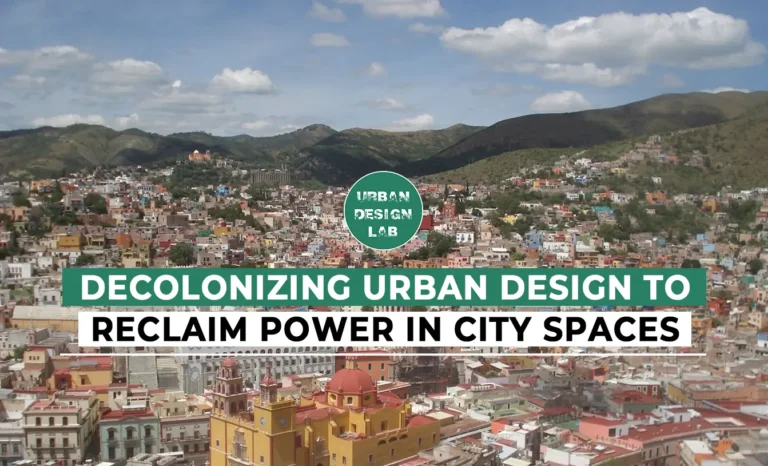

Rethinking Urban Planning Careers in India

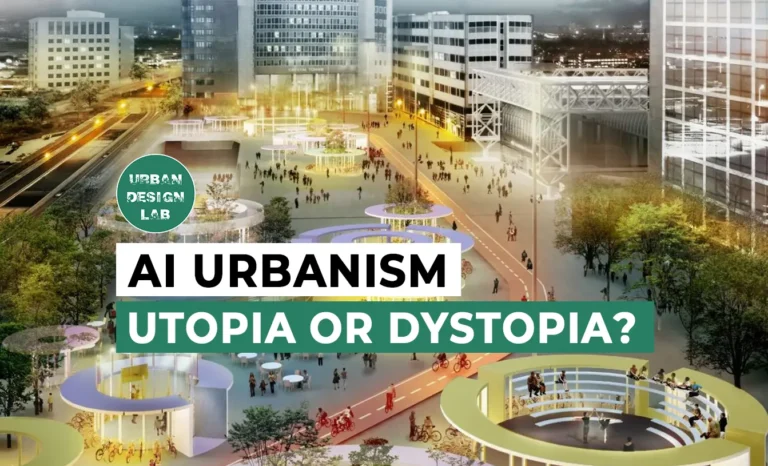
AI Urbanism: Utopia or Dystopia? The Unvarnished Truth.
5-Days UDL GIS
Masterclass
GIS Made Easy – Learn to Map, Analyse, and Transform Urban Futures
Session Dates
14th-18th July 2025

Free E-Book
From thesis to Portfolio
A Guide to Convert Academic Work into a Professional Portfolio”
Recent Posts
- Article Posted:
- Article Posted:
- Article Posted:
- Article Posted:
- Article Posted:
- Article Posted:
- Article Posted:
- Article Posted:
- Article Posted:
- Article Posted:
- Article Posted:
- Article Posted:
- Article Posted:
- Article Posted:
Sign up for our Newsletter
“Let’s explore the new avenues of Urban environment together “

























































